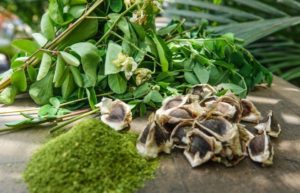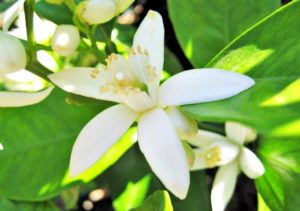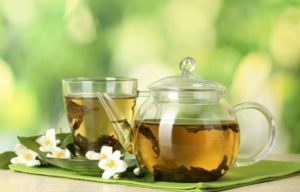Actúa como auxiliar en el buen funcionamiento del sistema circulatorio, desinflama, ayuda a regular el colesterol.

Contiene: Ginkgo Biloba Ginkgo biloba (Contiene propiedades estimulantes de la circulación sanguínea, vasodilatadoras, venotónicas, anticoagulantes y antiinflamatorias, los ginkólidos evitan la activación de las plaquetas y con ella la coagulación sanguínea) Perejil Petroselinum crispum (Posee un amplio poder antiinflamatorio debido a sus altos niveles en luteína y vitamina C), Muicle Justicia spicigera (Para problemas de la sangre en general, para purificarla, desintoxicarla, componerla, aumentarla o clarificarla-limpiarla. Además, está indicada para la presión arterial y para tratar la anemia y los nervios), Zarzaparilla Smilax aspera (Tiene efecto purificador de la sangre, desintoxicante natural del sistema circulatorio), Nogal Juglans regia (Indicado para problemas hepáticos y anemia. Desintoxica la sangre, útil para combatir la mala circulación y debilitamiento físico generalizado).

Siempre es bueno estar informado al 100% y consultar con tu médico de confianza antes de tomar cualquier suplemento.
Producto 100% natural, su uso está destinado al consumo como alimento.
EL CONSUMO DE ESTE PRODUCTO ES RESPONSABILIDAD DE QUIEN LO RECOMIENDA Y DE QUIEN LO USA
REFERENCIAS
Sierpina VS, Wollschlaeger B, Blumenthal M.Am Fam Physician. 2003 Sep 1;68(5):923-6.PMID: 13678141 Free article. Review.
Ginkgo biloba is commonly used in the treatment of early-stage Alzheimer’s disease, vascular dementia, peripheral claudication, and tinnitus of vascular origin. …Ginkgo is generally well tolerated, but it can increase the risk of bleeding if used in combina …
Ajebli M, Eddouks M.J Ethnopharmacol. 2019 Oct 5;242:112039. doi: 10.1016/j.jep.2019.112039. Epub 2019 Jun 26.PMID: 31252093
ETHNOPHARMACOLOGICAL RELEVANCE: Parsley (Petroselinum crispum; P. crispum) is among the popular aromatic vegetables and a part of the daily diet in the Mediterranean area. …CONCLUSION: The study illustrates the beneficial action of P. crispum as an a …
3) Physicochemical and antioxidant characterization of Justicia spicigera.
Baqueiro-Peña I, Guerrero-Beltrán JÁ.Food Chem. 2017 Mar 1;218:305-312. doi: 10.1016/j.foodchem.2016.09.078. Epub 2016 Sep 14.PMID: 27719914
Extracts with water:ethanol (100:0, 70:30, 50:50, 30:70, 0:100) solutions from fresh (F), just dried (JD), dried and stored for one year (DS) Justicia spicigera leaves were obtained using the stirring and ultrasound techniques. …Identification of chemical compound …
Qi ZC, Shen C, Han YW, Shen W, Yang M, Liu J, Liang ZS, Li P, Fu CX.Appl Plant Sci. 2017 Apr 11;5(4):apps.1700005. doi: 10.3732/apps.1700005. eCollection 2017 Apr.PMID: 28439478 Free PMC article.
PREMISE OF THE STUDY: Although several microsatellite markers of Smilax aspera (Smilacaceae) have been reported in a previous study, due to universality issues in cross-population amplification, we have newly developed microsatellite markers for S. aspera bas …
5) Evaluation and Exploitation of Bioactive Compounds of Walnut, Juglans regia.
Croitoru A, Ficai D, Craciun L, Ficai A, Andronescu E.Curr Pharm Des. 2019;25(2):119-131. doi: 10.2174/1381612825666190329150825.PMID: 30931854 Review.
In the last few years, great importance has been given to natural materials (such as walnuts, peanuts, chestnuts) due to their medicinal and pharmaceutical uses induced by the presence of natural agents, including polyphenols. Juglans regia is a traditional plant th …




